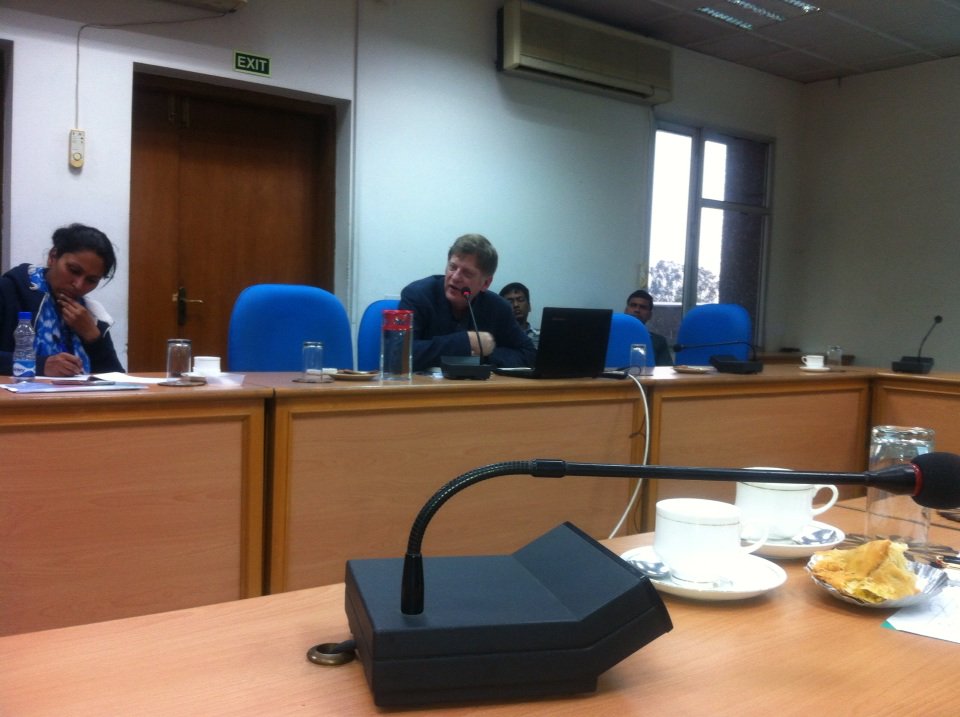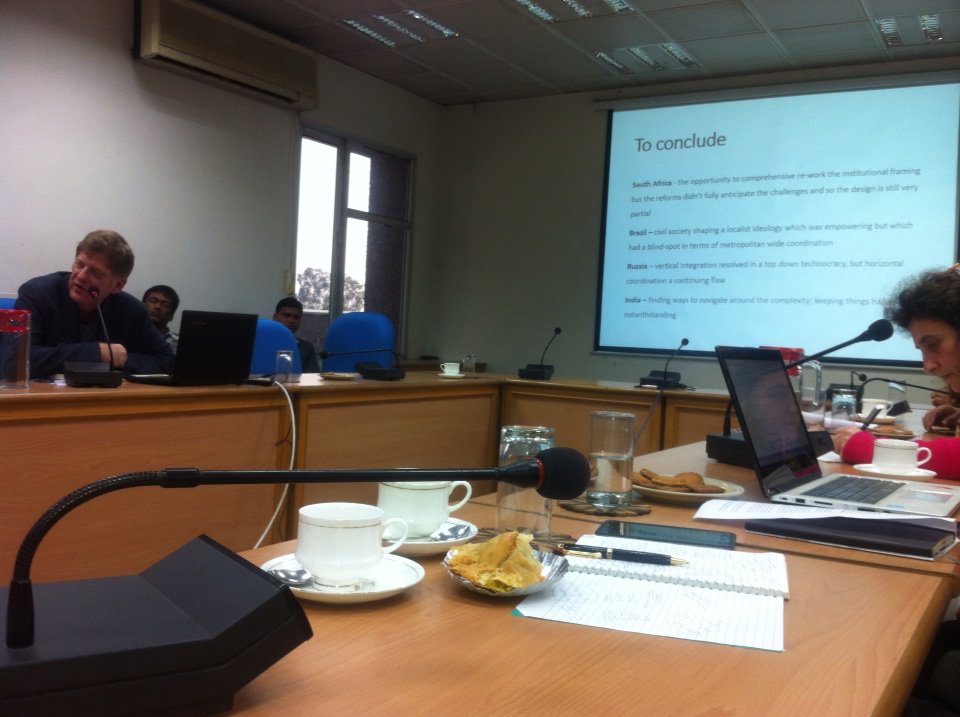BRICS Cities: What are we comparing?


The term BRIC was used initially in an analytical sense to refer to a grouping of countries beyond the West with the potential to reconfigure the geography of the global economy. After 2009 however it referred to a political alliance with geopolitical intentions (with BRIC becoming BRICS when South Africa joined in 2010). The construct is under pressure in terms of its analytical and political use as BRICS economies have become increasingly differentiated in terms of economic performance and as severe diplomatic tensions have emerged within the alliance.
In this seminar Philip discuss ongoing comparative work on cities in the BRICS, a grouping of countries that account for nearly 40% of the world’s total urban population. With the enormous diversity of the BRICS in almost all categories – including scale, economic performance, levels and rates of urbanisation, income and governance – questions arise over the meaning and purpose of comparison. We discuss the challenge of comparison but nevertheless show how very different places can be drawn into a meaningful comparative conversation. There is however a significant point of commonality. All countries in the BRICS have experienced far-reaching political and/or economic transformations over the past few decades in a way that the global West has not.
In the presentation we show how these macro changes have been translated into urban change, but also show how differences in the national and local management of these processes account in part for significant differences (and similarities) across the BRICS in terms of urban outcomes. We use the different trajectories of metropolitan governance as an illustrative case.
Philip Harrison is the South African Research Chair in Spatial Analysis and City Planning funded by the National Research Foundation and hosted by the University of the Witwatersrand, Johannesburg. He served as a member of the National Planning Commission in the Office of the President from 2010 to 2015. Previously, Prof. Harrison was Executive Director in Development Planning and Urban Management at the City of Johannesburg for 4 years from 2006 to 2010. Prior to that, he held a number of academic positions at the Universities of the Witwatersrand and Natal, including Professor and Chair of Urban and Regional Planning at Wits from 2001 to 2006. He has published widely in the fields of city planning and regional and urban development. His most recent publication is the jointly edited book Changing Space, Changing City: Johannesburg after Apartheid.
Hero India Open 2017 enter Euro-asia
9 Mar – 12 Mar, 2017
Venue DLF Golf & Country Club, Golf Course Road, Gurgaon
Prize Money US $1750000;
Venue DLF Golf & Country Club, Golf Course Road, Gurgaon
Prize Money US $1750000;
European Tour and Asian Tour Co-Sanction
Home-grown talented players ,Chawrasia, Lahiri, Gaganjeet Bhullar, Jeev Milkha Singh, Jyoti Randhawa, Arjun Atwal, Rashid Khan, Shiv Kapur and Rahil Gangjee.
Hero MotoCorp chairman Pawan Munjal said, “Indian golf is at a very exciting juncture, as it has begun making a mark on virtually all golf Tours across the world. The Hero Indian Open is on the European Tour platform for the third year in a row and the field has steadily become stronger. Amidst this the exciting news is that Indian players have still managed to hold their own, having won the title last two editions.”
The event is the first men s international event to be played at the Gary Player course at the DLF Golf and Country Club. Media deliberations after the address by the Guest the pertinent question were raised with fervent response from the players and authorities.





No comments:
Post a Comment